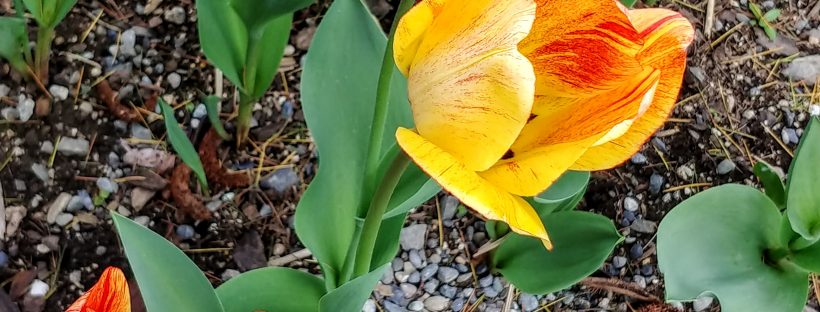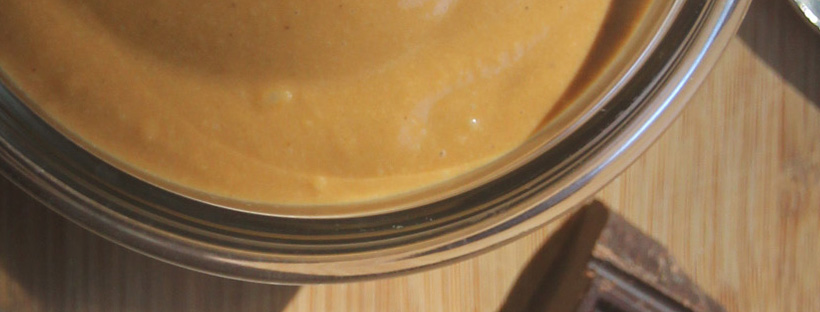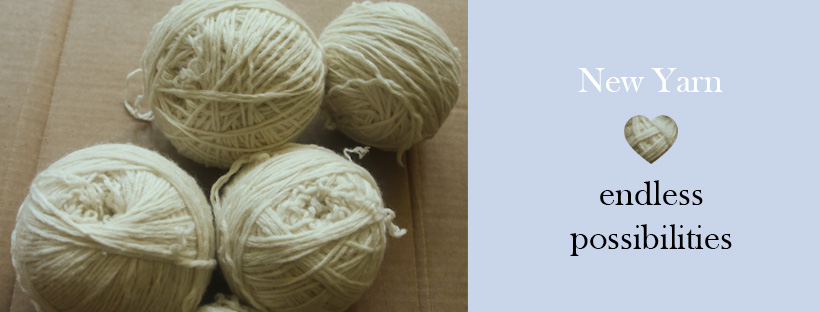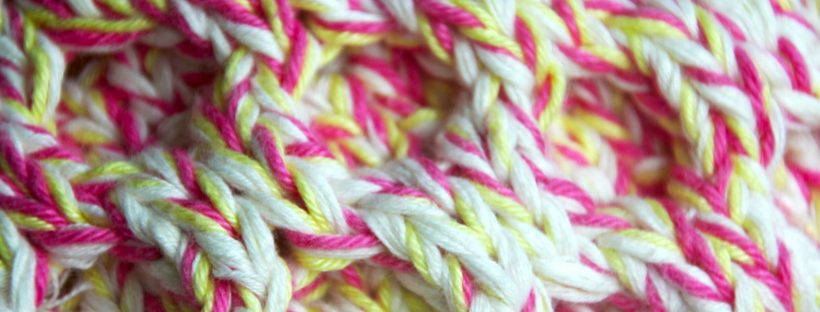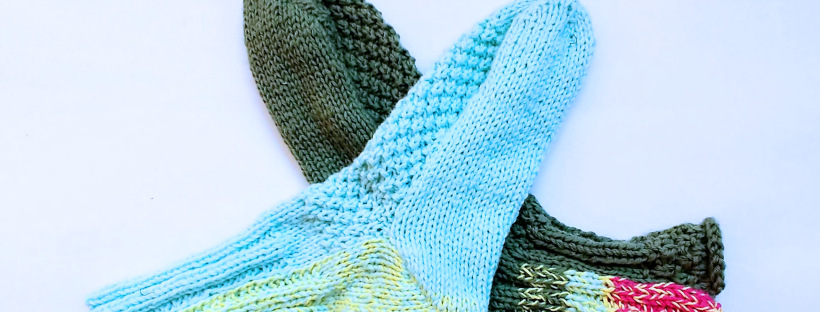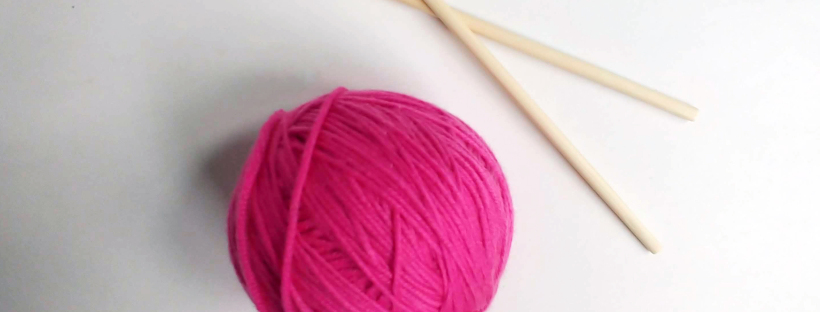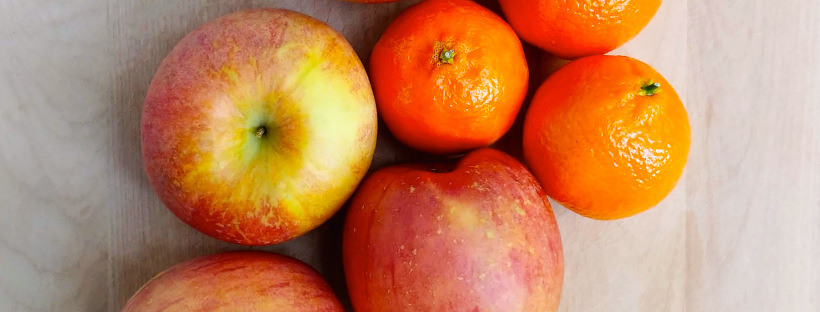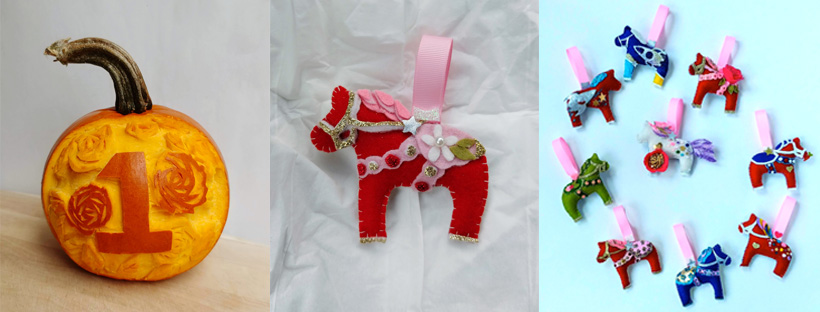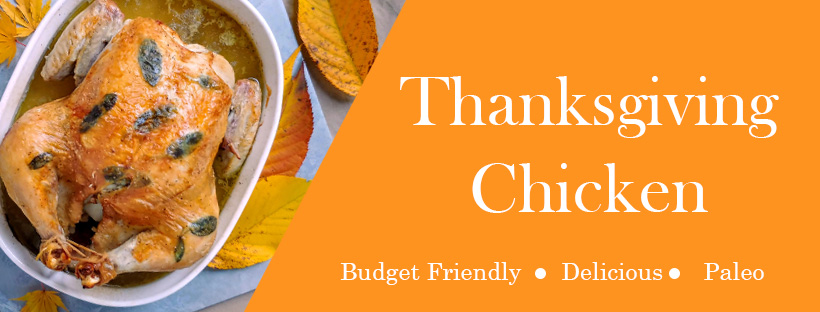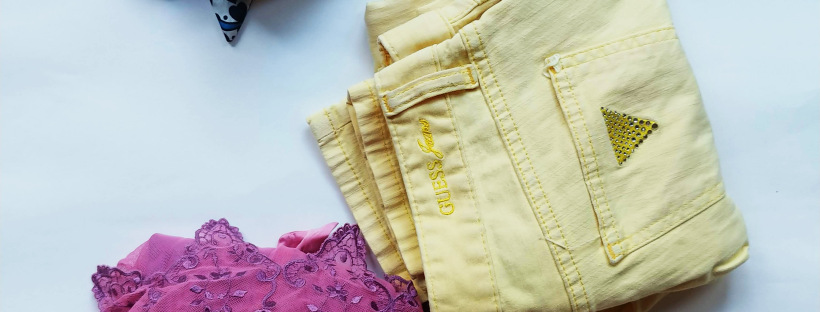I'm working on lots of fun things at the moment. I've been writing more recipes that I'm excited to share soon! I've been loving how beautiful all the local farmers markets have become now that it's springtime! All the pretty lavender plants at the local farmers market. Nothing brings joy like stunning tulips in spring! … Continue reading Springtime and June
Easy Chocolate Pudding (Sugar Free) – Made With Sweet Potatoes
This is my super easy recipe for chocolate pudding! Eating this reminds me of eating those chocolate pudding cups when I was a kid. I like to make a big batch of this and stash it in the fridge for a quick snack and it keeps for about 5 days in fridge. This pudding is … Continue reading Easy Chocolate Pudding (Sugar Free) – Made With Sweet Potatoes
New Yarn, Endless Possibilities…
There's always a little bit of magic in each new ball of yarn. As you run your fingers over the soft wool, you think "I could make a hat, or a scarf, or maybe some gloriously warm socks for chilly mornings..." The possibilities are endless. Then you get the excitement of looking at patterns on … Continue reading New Yarn, Endless Possibilities…
Adventures in Knitting! – The Honeycomb Cable Stitch
It’s springtime! The local cherry trees have once again donned their festive pink blossoms, and the weather has finally warmed up again. It’s crazy to think that just 3 weeks ago there was still snow on the ground. Right now the skies are clear and blue, and temperatures are hovering in the 60’s. How amazing … Continue reading Adventures in Knitting! – The Honeycomb Cable Stitch
Adventures in Knitting! – Flat Knit Socks
My first pair of knitted socks!
Knitting – My New Favorite Hobby!
I’ve been knitting for about 4 weeks now, teaching myself to cast on by watching YouTube videos. I’ve learned how to fix those loose stitches at the end of rows (you slip the first stitch) and slowly but surely I’m starting to knit decent looking swatches of (mostly) orderly rows of knits and purls. I’m … Continue reading Knitting – My New Favorite Hobby!
6 Actually Useful Tips to Eat Healthier (for Busy People)
How eat healthier in the long run...
One Year Later…And Christmas!
A year after starting this blog I've learned that the point is still that you try anyways. You do your best, and it's probably going to work out ok.
Thanksgiving Chicken
A.K.A. the cheaper turkey... A lovely roast chicken rich with the Thanksgiving flavors of thyme, sage, and rosemary (and you don't have to make a gravy).
This Can Go…
My mini journey towards letting go of extra items that I no longer need.
